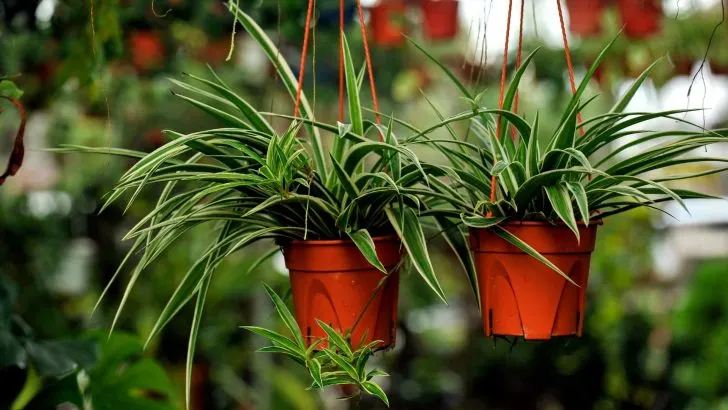Spider plants, despite their slightly eerie nickname, have nothing to do with creepy crawlies! Rest assured, growing these plants won’t invite any unwanted eight-legged guests into your home. In fact, spider plants are beloved houseplants around the world, admired for their striking appearance and ease of care.
However, sometimes these plants can look a bit sparse, and you might wonder how to make them look fuller and more vibrant. If you’ve been asking yourself this question, you’ve come to the right place.
In this article, I’ll share with you the best methods to achieve a lush and bushy spider plant that will be the envy of your indoor garden.
Let’s dive in!
1. Pruning for Fuller Growth
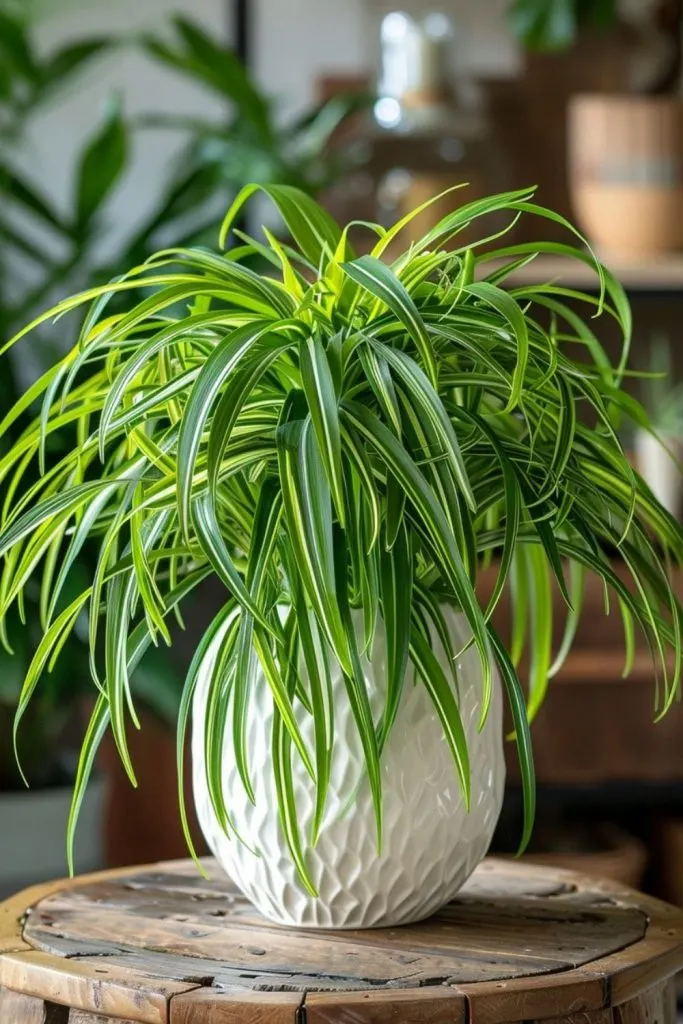
Pruning is an essential practice that offers numerous benefits for your spider plant’s health and appearance. Regular trimming keeps pests and diseases at bay, helps the plant maintain its desired shape and size, and encourages denser growth, restoring the plant’s vitality.
The good news is that you don’t need expensive tools to get started. A sharp pair of gardening shears, scissors, or pruners is all you need. If you’re growing other plants like snake plants, you can use the same tools and techniques.
Pruning Tip: Always use sharp and sterilized tools to avoid damaging the plant. You can sterilize your tools with 70% isopropyl alcohol or a standard bleach solution.
It’s important to note that pruning should be done during the growing season—spring and summer—when the plant is most active. Trim away any discolored or diseased foliage, and snip off brown leaf tips to promote new, healthier growth. This will also help deter unwanted pests.
2. Providing the Right Light Conditions
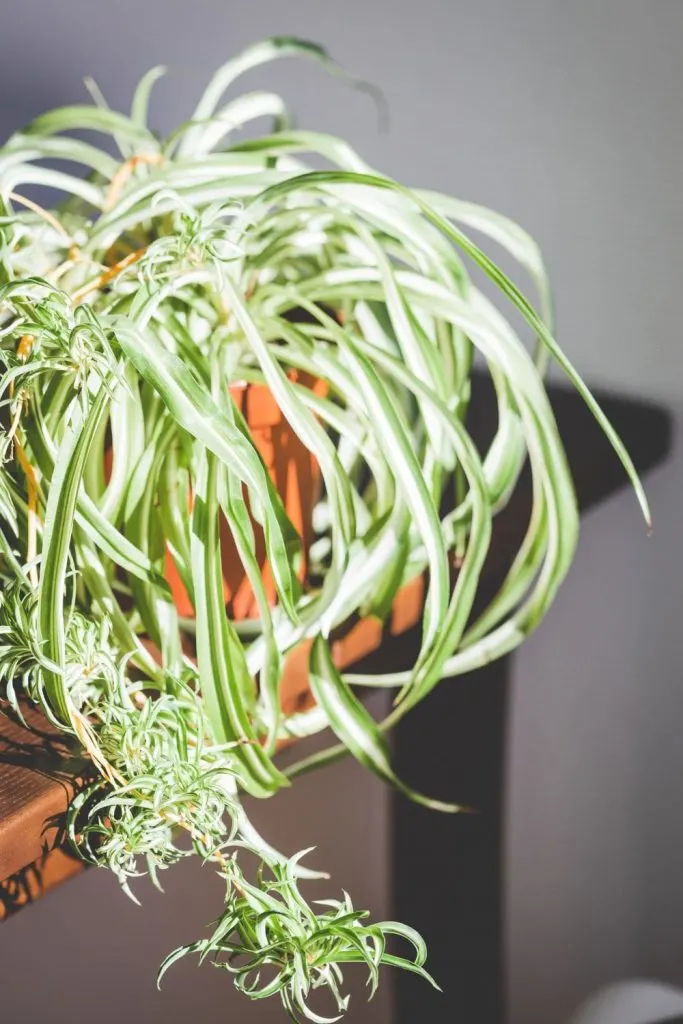
Spider plants (Chlorophytum comosum) thrive in bright, indirect light. Native to South Africa, they grow beneath tall trees where they receive filtered sunlight. You should mimic these conditions at home to keep your plant healthy and bushy.
Lighting Tip: Place your spider plant near a bright window, but out of direct sunlight to prevent leaf burn and discoloration. If the plant’s leaves appear pale, it might be a sign that it needs more light. In such cases, consider moving it closer to a light source or supplementing with artificial lighting.
3. Watering Correctly for Optimal Growth
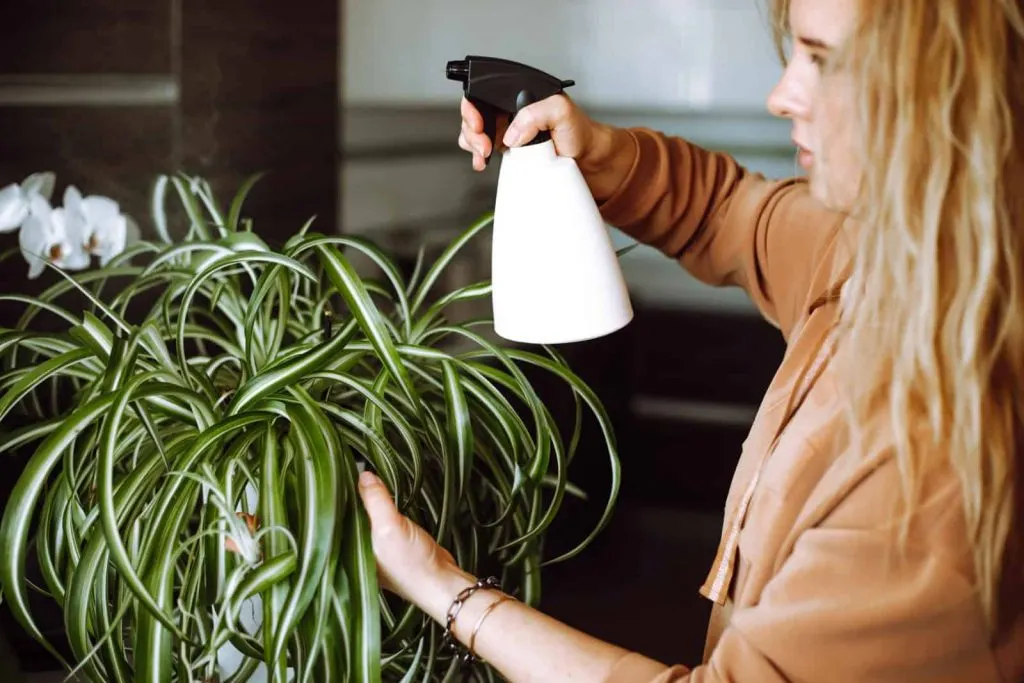
Proper watering is key to maintaining a bushy spider plant. Although spider plants aren’t heavy drinkers, their water needs can vary depending on other growing conditions.
Watering Advice: Water your spider plant when the top two inches of soil feel dry to the touch. During cooler months, the plant requires less water, so reduce your watering frequency accordingly. In warmer seasons, increase watering to account for higher evaporation rates.
Rainwater is ideal for spider plants, but if that’s not an option, distilled water is a good alternative. Spider plants are sensitive to chemicals like fluoride and chlorine found in tap water, which can affect their growth.
Important Tip: Water only the soil, avoiding the leaves, as water sitting on the leaves can lead to rot.
4. Ensuring Proper Humidity Levels
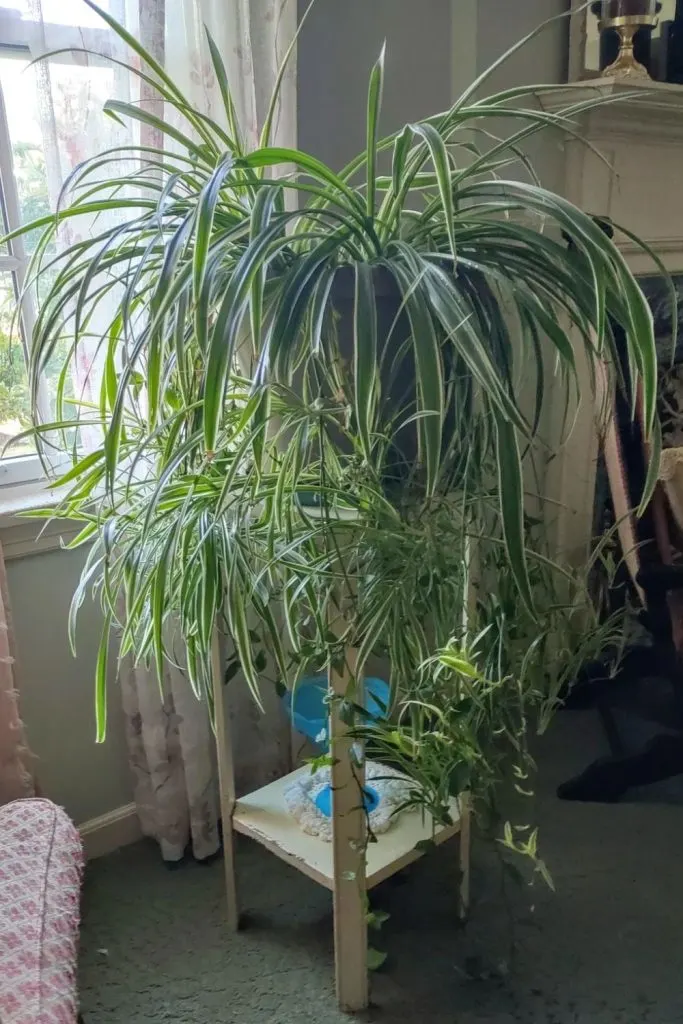
If you want your spider plant to be lush and full, maintaining the right humidity levels is crucial. Spider plants love humidity, as it mimics their natural tropical habitat.
Humidity Tip: If the air in your home is dry, consider using a humidifier to increase the moisture level. Alternatively, you can group your plants together or place your spider plant in naturally humid rooms like the kitchen or bathroom.
Avoid Drafts: Keep your spider plant away from air conditioning vents or heating sources, as temperature fluctuations and cold drafts can stress the plant and affect its growth.
5. Propagation for a Fuller Look
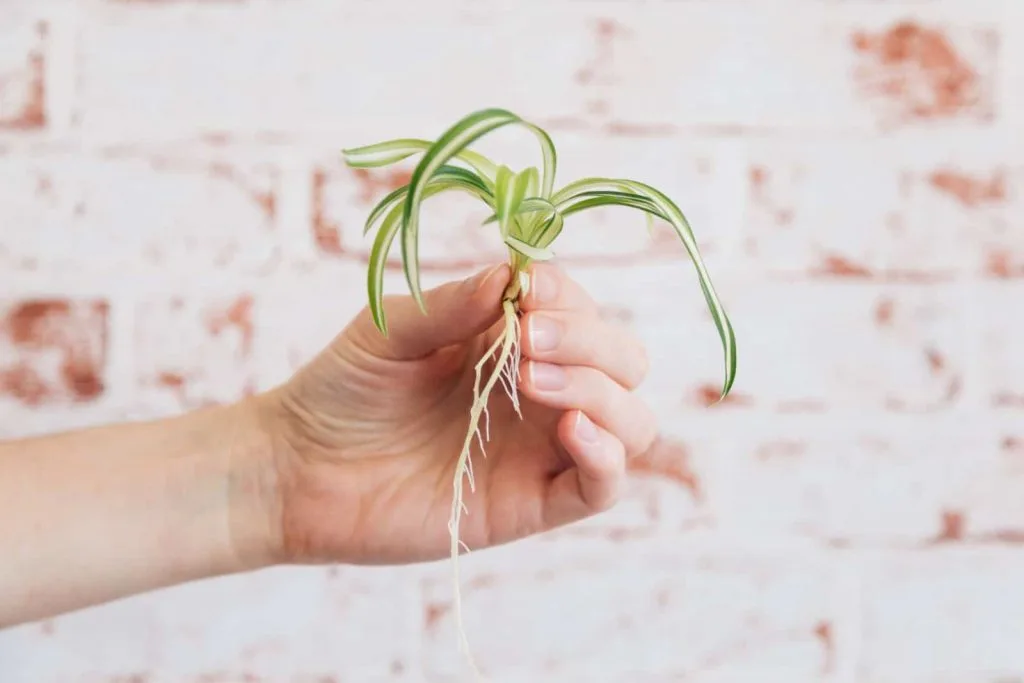
Interestingly, you can make your spider plant bushier by propagating it. Spider plants produce offshoots, often called “spiderettes” or baby spider plants. By rooting these spiderettes and planting them in the same pot as the parent plant, you can create a fuller, bushier look.
Propagation Steps:
a) Identify healthy spiderettes that are at least an inch long.
b) Carefully snip the stolon (runner) close to the spiderette.
c) Place the spiderettes in a pot filled with moist, well-draining soil.
d) Keep the soil consistently moist until the spiderettes establish roots, which should take a few weeks.
e) Once the roots are about two inches long, transplant the spiderettes around the base of the parent plant to create a fuller appearance.
6. Repotting for Continued Growth
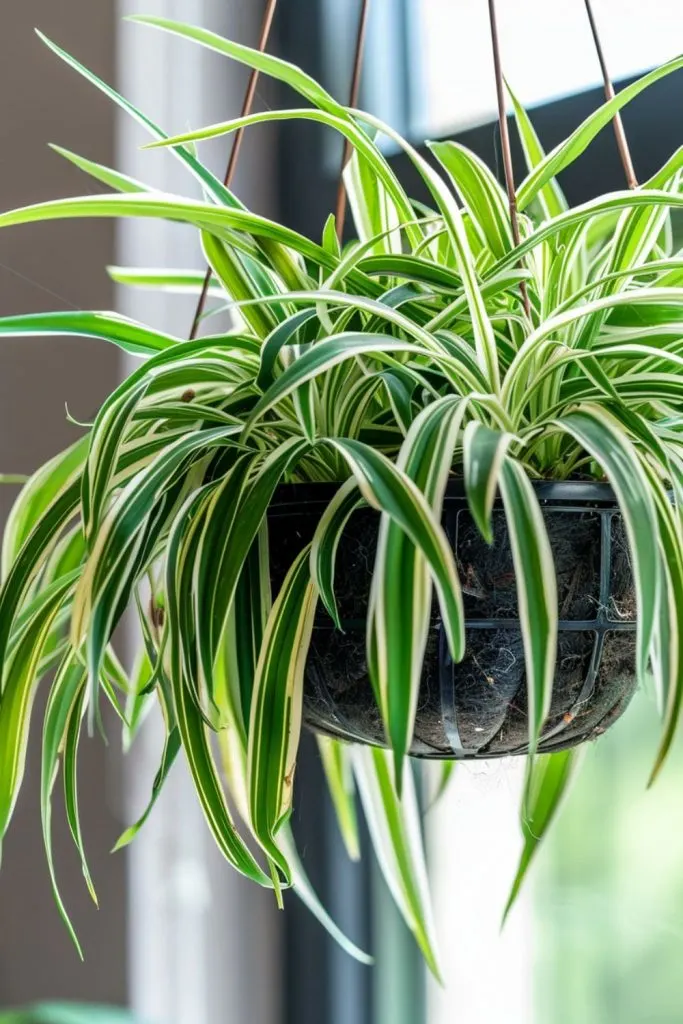
Spider plants are fast growers, which means they need to be repotted more frequently than some other houseplants. When a spider plant becomes root-bound, it’s time to move it to a larger pot.
Repotting Steps:
a) Gently remove the plant from its current pot.
b) Inspect the roots for health; trim away any that are mushy or discolored to prevent root rot.
c) Place the plant in a new pot that’s about two inches larger in diameter, and fill it with fresh potting soil.
d) Water the plant thoroughly after repotting to help it settle in.
Pro Tip: Repotting not only gives the plant more room to grow but also encourages new leaf production, leading to a bushier appearance.
7. Feeding Your Spider Plant
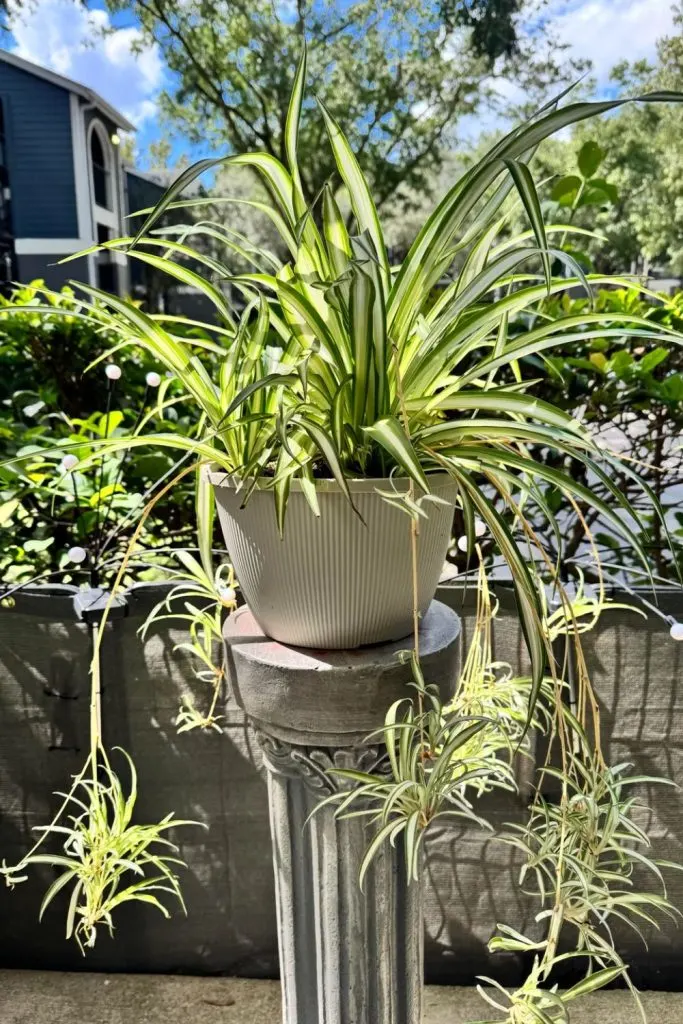
Feeding your spider plant is another important aspect of care. While these plants can thrive on their own, providing the right nutrients can promote healthier, bushier growth.
Feeding Tip: Use an organic fertilizer during the growing season to encourage root and leaf development. Avoid over-fertilizing, as this can lead to fertilizer burn, which is harmful to spider plants.
8. Choosing the Right Potting Mix
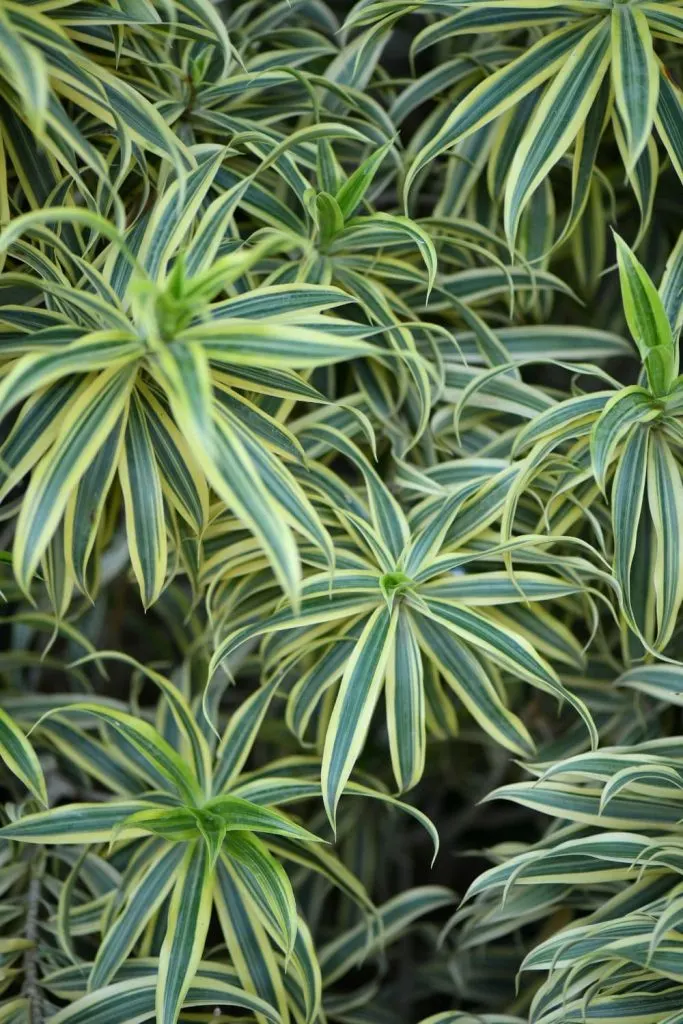
Selecting the right potting mix can prevent many common spider plant problems. A well-draining soil mix enriched with perlite or pumice is ideal, as it prevents waterlogging and root rot.
Soil Tip: Ensure your pot has drainage holes to allow excess water to escape, keeping the roots healthy and the plant thriving. A pH level between 6.0 and 6.5 is ideal for spider plants.
9. Temperature Requirements
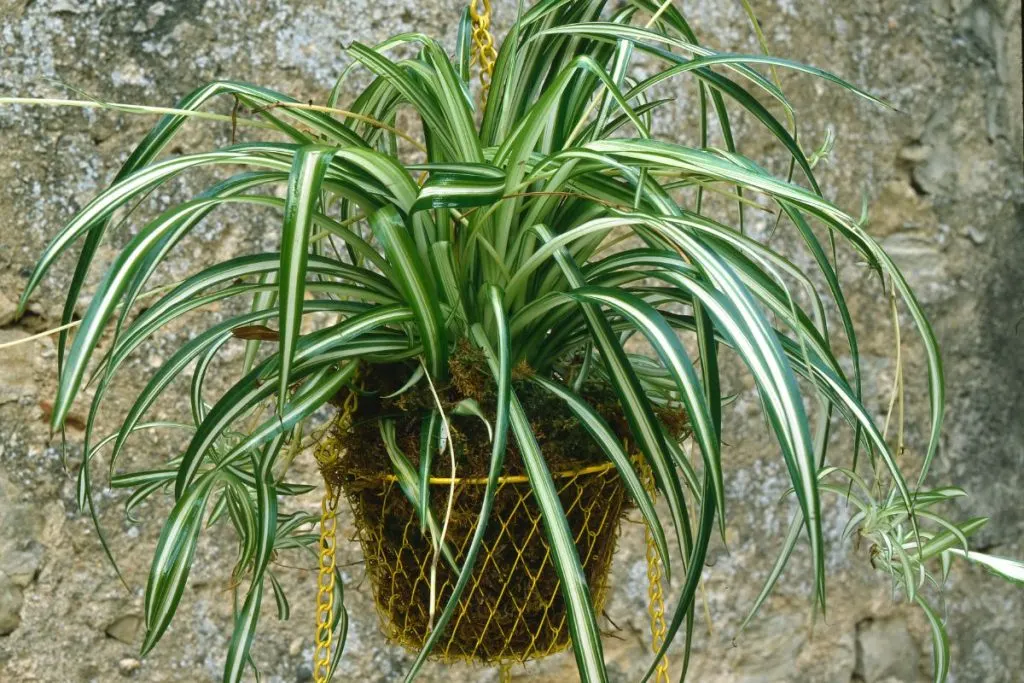
Spider plants prefer temperatures between 65°F and 75°F (18°C to 23°C) during the day, with nighttime temperatures around 55°F (12°C).
Temperature Tip: If temperatures drop below 50°F (10°C) or rise above 80°F (26°C), the plant may suffer. Bring it indoors during cold weather to protect it from frost.
Troubleshooting Common Issues
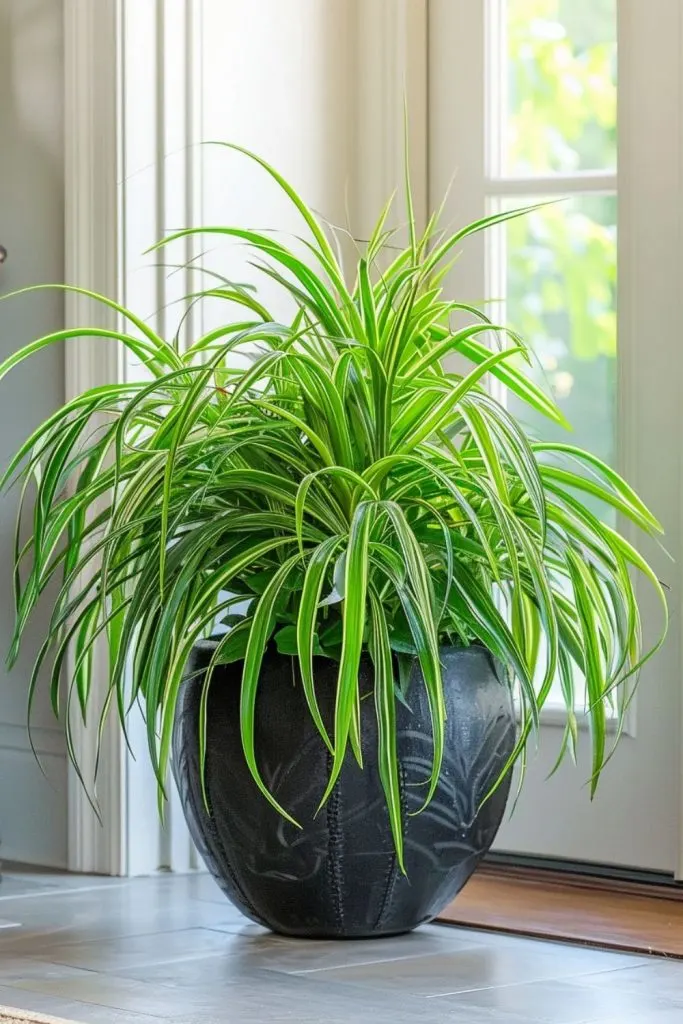
If your spider plant isn’t as bushy as you’d like, it’s important to identify and address any underlying issues. Here’s a quick troubleshooting guide:
• Yellow or Brown Leaves: Check soil moisture and light conditions. Overwatering, underwatering, or too much direct sunlight can cause discoloration.
• Leaf Curling or Wilting: This is often due to underwatering or low humidity. Increase watering and humidity to revive the plant.
• Stunted Growth: Lack of nutrients, improper lighting, or pest infestations can stunt growth. Address these factors to encourage healthy development.
Enjoy a Lush, Bushy Spider Plant
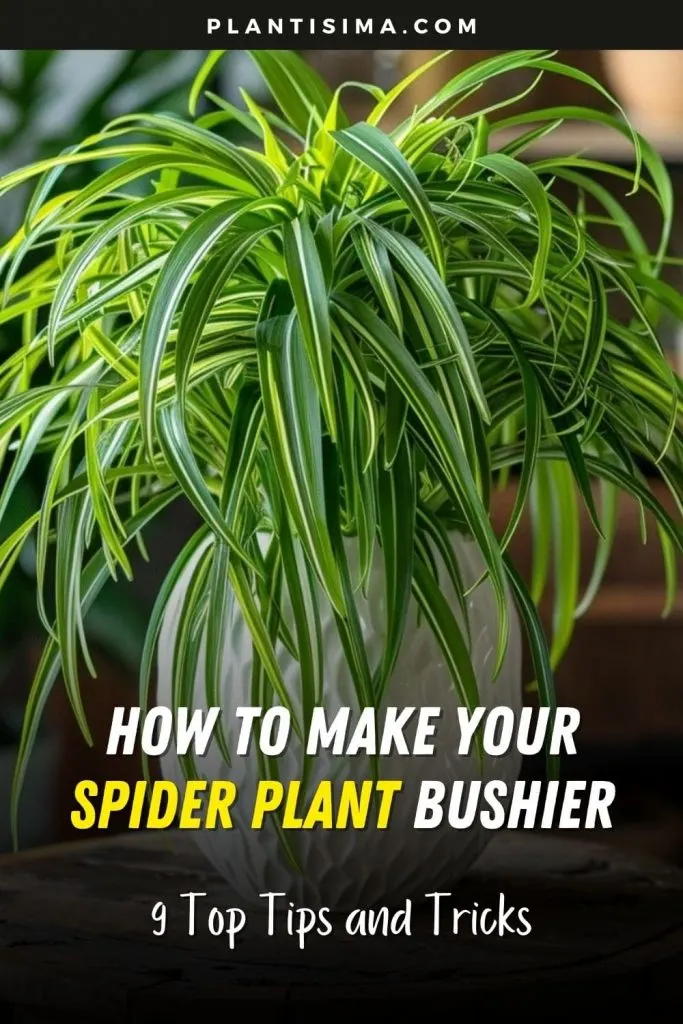
Spider plants are among the most rewarding houseplants to grow, especially when they’re full and bushy. By following these tips and tricks, you can create the perfect environment for your spider plant to thrive.
Remember, replicating their natural tropical conditions will go a long way in helping your plant flourish. With the right care, your spider plant will soon be the pride of your indoor garden!
Happy gardening!

